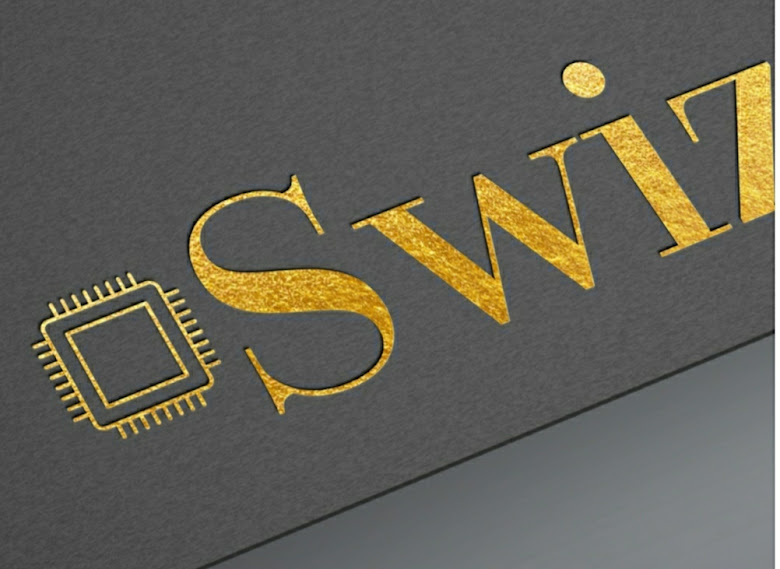OSCILLATIONS
You have already learnt about some of them, e.g., rectilinear motion and motion of a projectile. Both these motions are non-repetitive. We have also learnt about uniform circular motion and orbital motion of planets in the solar system. In these cases, the motion is repeated after a certain interval of time, that is, it is periodic. In your childhood, you must have enjoyed rocking in a cradle or swinging on a swing. Both these motions are repetitive in nature but different from the periodic motion of a planet. Here, the object moves to and fro about a mean position. The pendulum of a wall clock executes a similar motion. Examples of such periodic to and fro motion abound: a boat tossing up and down in a river, the piston in a steam engine going back and forth, etc. Such a motion is termed as oscillatory motion. In this chapter we study this motion.OSCILLATIONS
The study of oscillatory motion is basic to physics; its concepts are required for the understanding of many physical phenomena. In musical instruments, like the sitar, the guitar or the violin, we come across vibrating strings that produce pleasing sounds. The membranes in drums and diaphragms in telephone and speaker systems vibrate to and fro about their mean positions. The vibrations of air molecules make the propagation of sound possible. In a solid, the atoms vibrate about their equilibrium positions, the average energy of vibrations being proportional to temperature. AC power supply give voltage that oscillates alternately going positive and negative about the mean value (zero). The description of a periodic motion, in general, and oscillatory motion, in particular, requires some fundamental concepts, like period, frequency, displacement, amplitude
and phase.OSCILLATIONS
2. PERIODIC AND OSCILLATORY MOTIONS
Suppose
an insect climbs up a ramp and falls down, it comes back to the initial point and repeats the process identically. If you draw a graph of its height above the ground versus time. If a child climbs up a step, comes down, and repeats the process
identically, its height above the ground. When you play the game of bouncing a ball off the ground, between
your palm and the ground, its height versus time
graph. Note that both the curved parts.
are sections of a parabola given by the Newton’s
equation of motion OSCILLATION
h = ut +1/2 gt for downward motion, and
h = ut – 1/2gt for upward motion,
with different values of u in each case. These
are examples of periodic motion. Thus, a motion that repeats itself at regular intervals of time is called periodic motion.
Examples of periodic motion. The period T
is shown in each case.
Very often, the body undergoing periodic motion has an equilibrium position somewhere inside its path. When the body is at this position
no net external force acts on it. Therefore, if it is
left there at rest, it remains there forever. If the body is given a small displacement from the position, a force comes into play which tries to bring the body back to the equilibrium point,
giving rise to oscillations or vibrations. For
example, a ball placed in a bowl will be in
equilibrium at the bottom. If displaced a little
from the point, it will perform oscillations in the
bowl. Every oscillatory motion is periodic, but every periodic motion need not be oscillatory.Circular motion is a periodic motion, but it is not oscillatory.
There is no significant difference between
oscillations and vibrations. It seems that when
the frequency is small, we call it oscillation (like,
the oscillation of a branch of a tree), while when
the frequency is high, we call it vibration (like,
the vibration of a string of a musical instrument).
Simple harmonic motion is the simplest form
of oscillatory motion. This motion arises when
the force on the oscillating body is directly
proportional to its displacement from the mean
position, which is also the equilibrium position.
Further, at any point in its oscillation, this force
is directed towards the mean position.
In practice, oscillating bodies eventually
come to rest at their equilibrium positions
because of the damping due to friction and other
dissipative causes. However, they can be forced
to remain oscillating by means of some external
periodic agency. We discuss the phenomena of
damped and forced oscillations later in the
chapter.
Any material medium can be pictured as a
collection of a large number of coupled
oscillators. The collective oscillations of the
constituents of a medium manifest themselves
as waves. Examples of waves include water
We have seen that any motion that repeats itself
at regular intervals of time is called periodic
motion. The smallest interval of time after
which the motion is repeated is called its
period. Let us denote the period by the symbol
T. Its SI unit is second.hich are either too fast or too slow on the scale
of seconds, other convenient units of time are OSCILLATIONS
used. The period of vibrations of a quartz crystal
is expressed in units of microseconds (10–6 s)
abbreviated as µs. On the other hand, the orbital
period of the planet Mercury is 88 earth days.
The Halley’s comet appears after every 76 years.
The reciprocal of T gives the number of
repetitions that occur per unit time. This
quantity is called the frequency of the periodic
motion.





Comments
Post a Comment